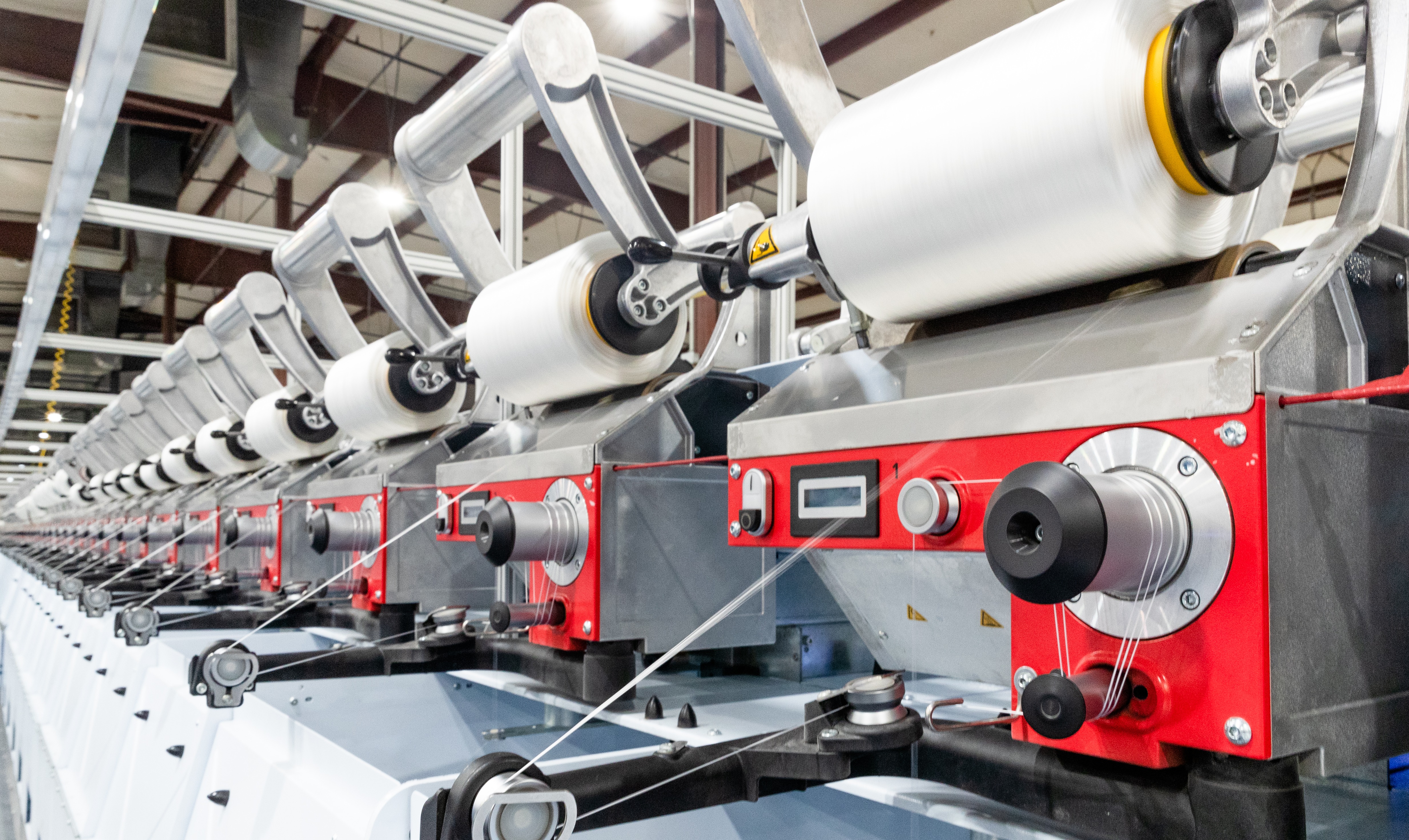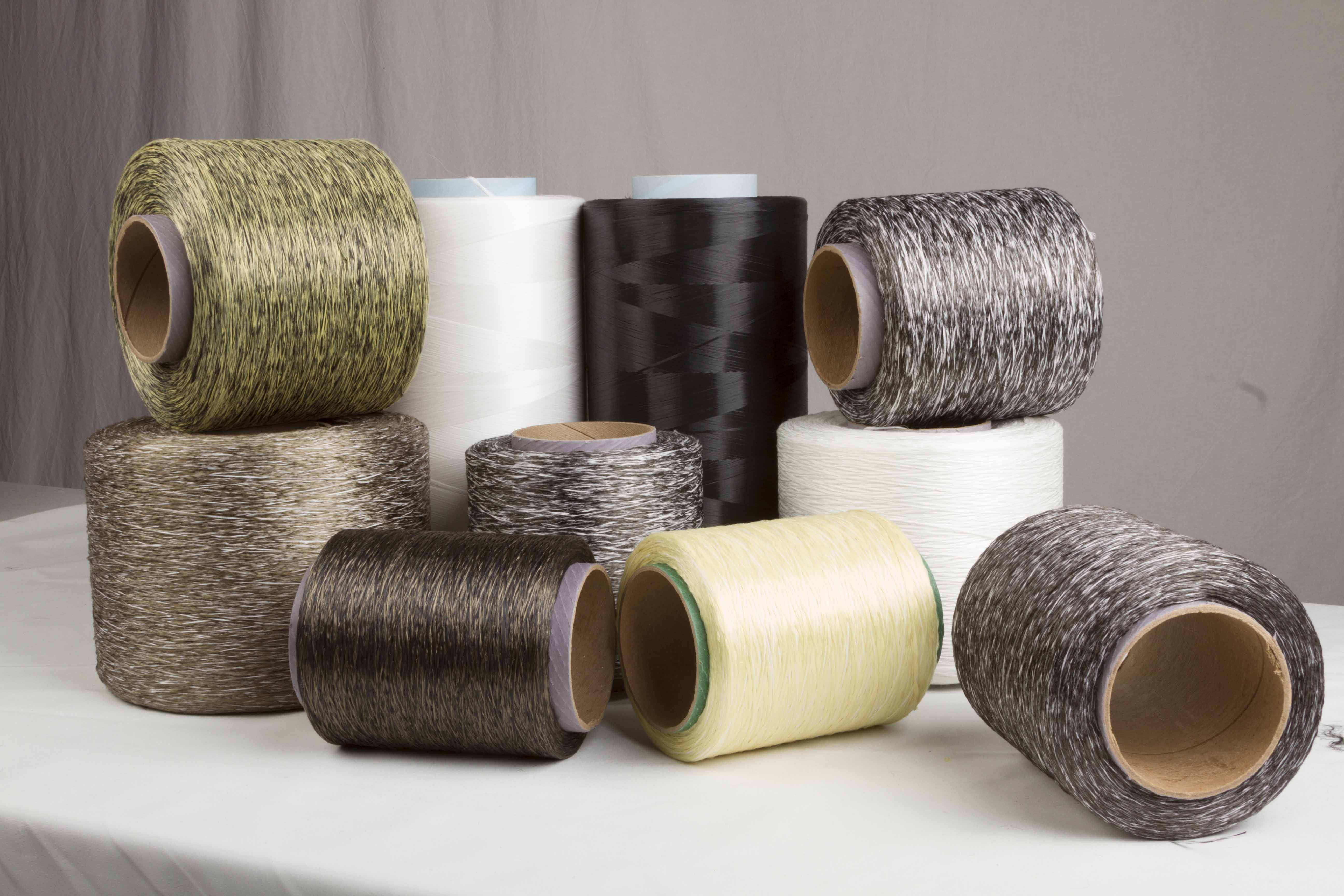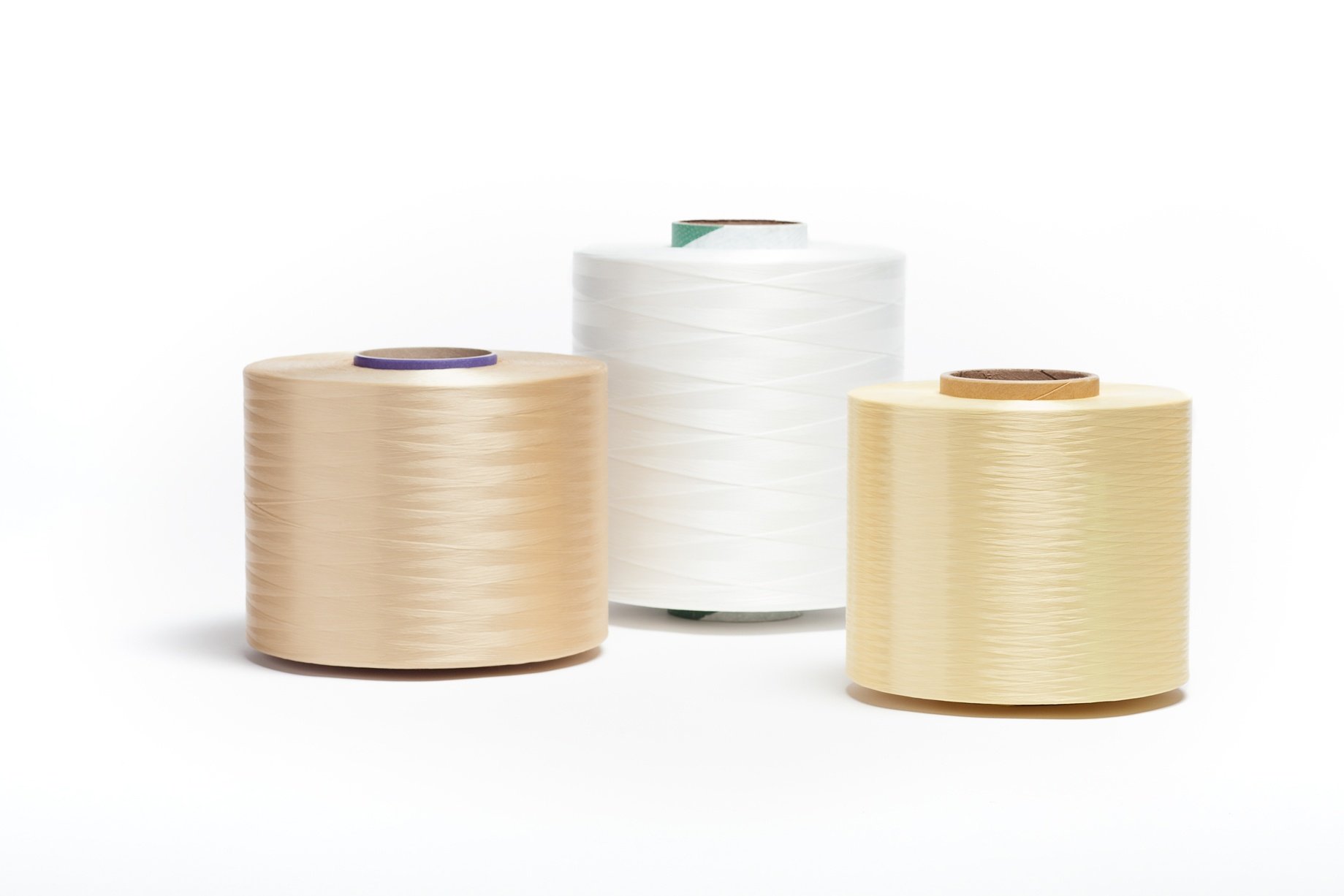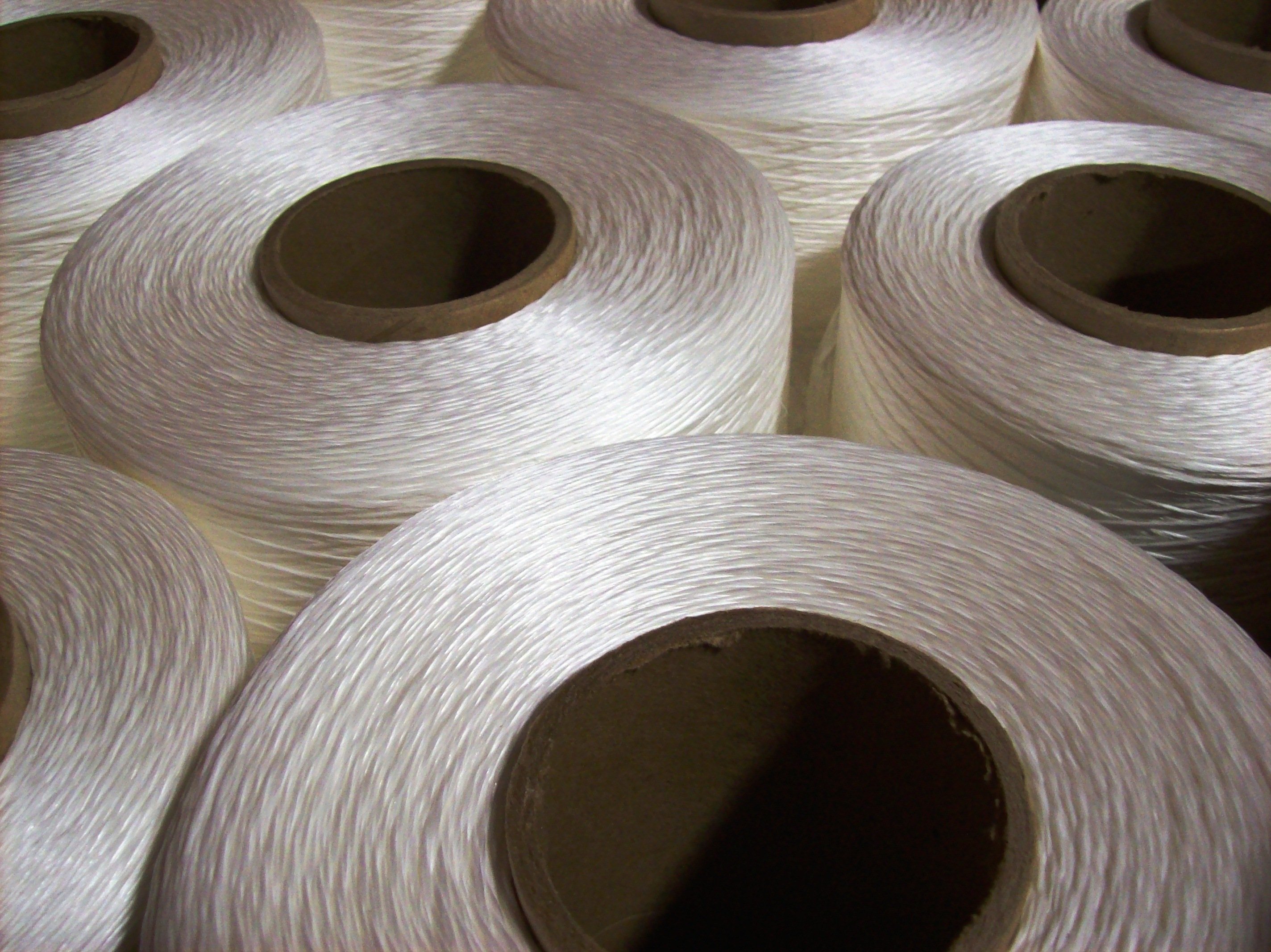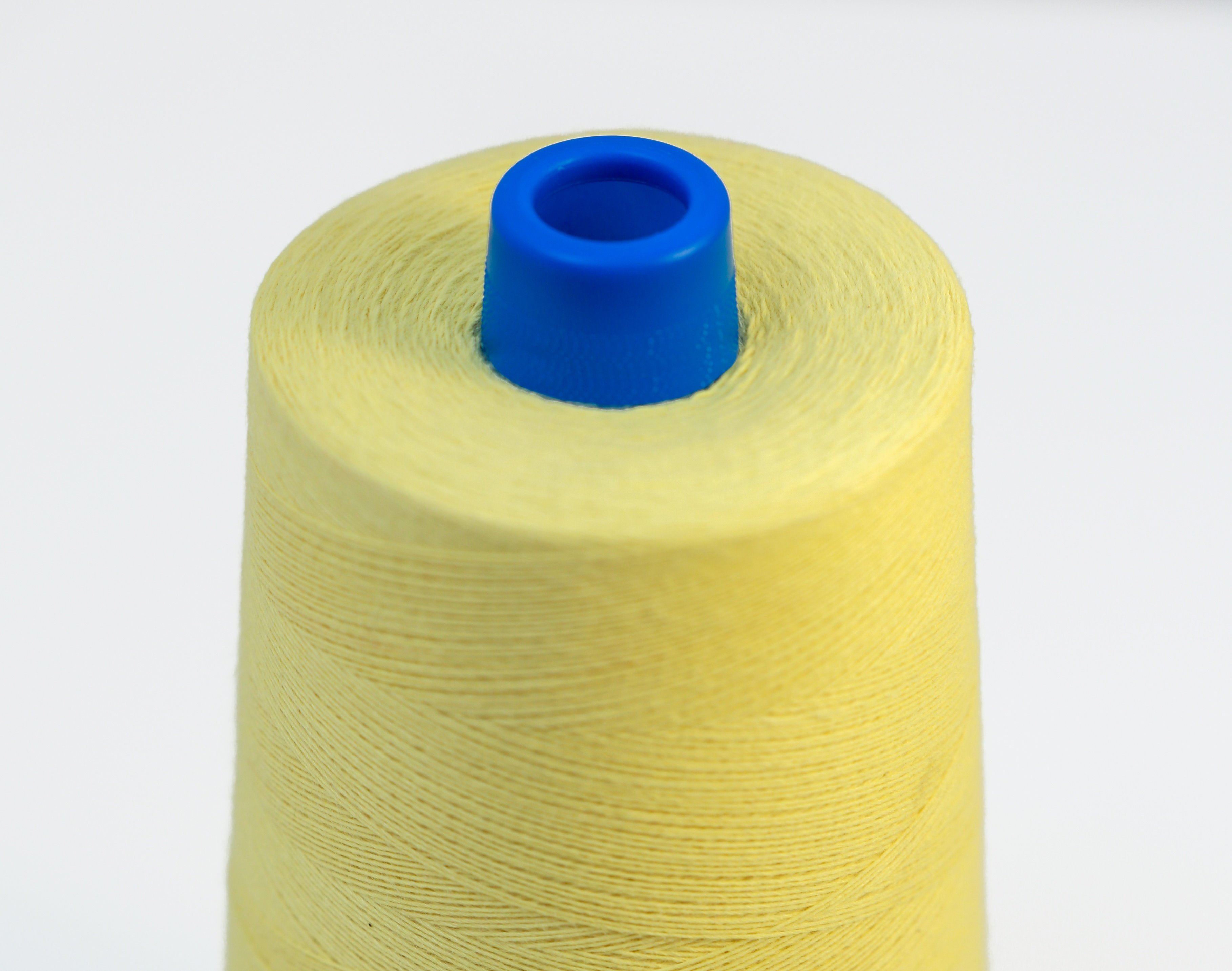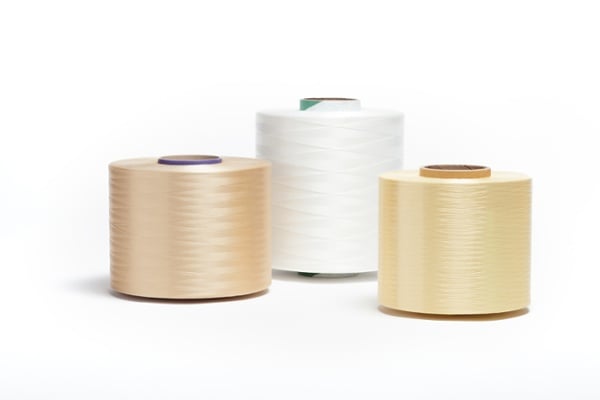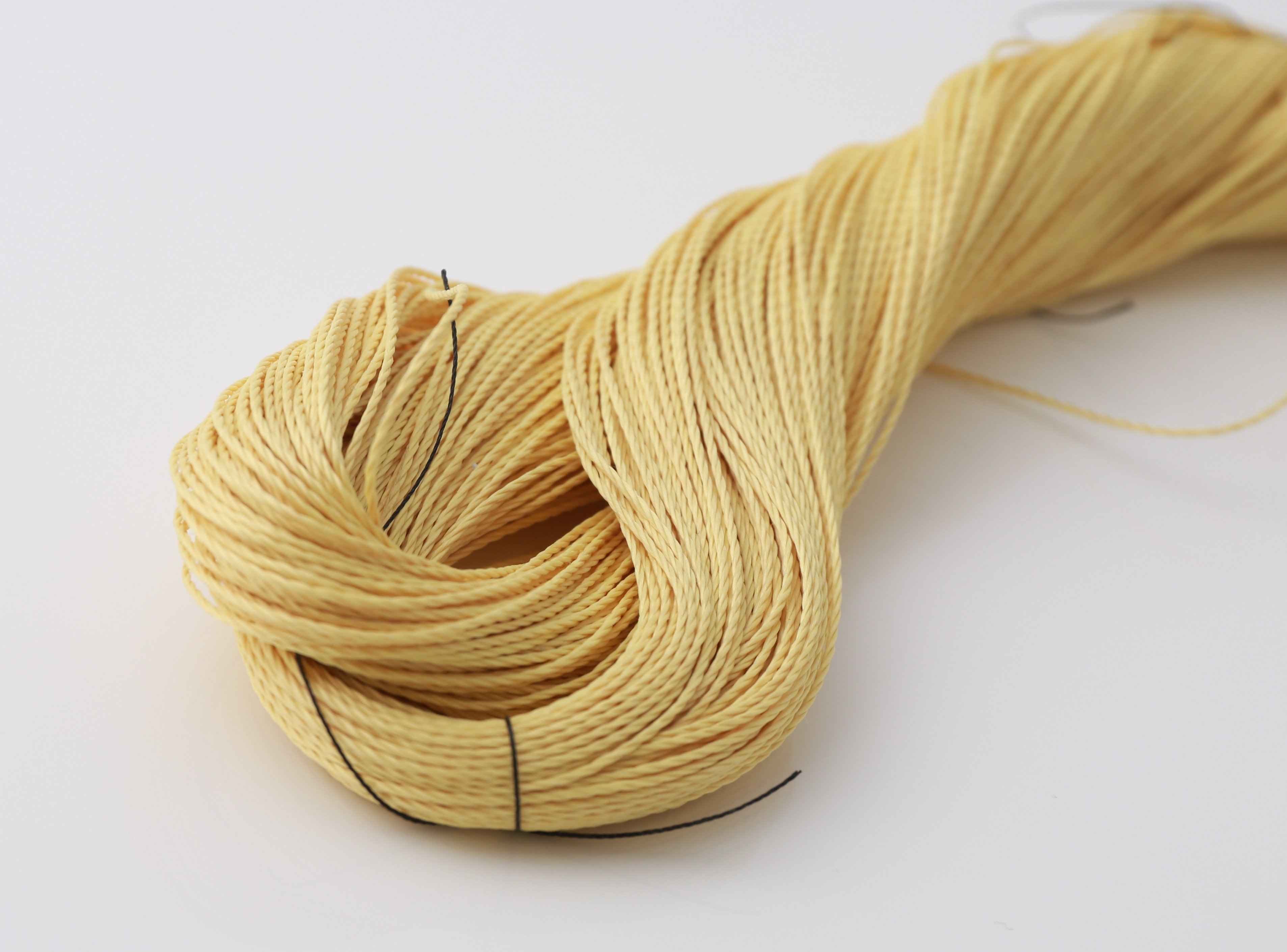The recent news of Alfa Group's decision to close its filament polyester production plant in Mexico has sent shockwaves throughout the industry. Companies that once relied on Akra's products are now faced with the daunting task of finding suitable alternatives. While many high tenacity polyester fibers can be readily replaced, the Akra Type 161 presents a unique challenge due to its distinct physical properties.
Read morePosts by Steve Zande
- By Steve Zande
- 09/30/19
- 0 Comments
We sat down with Jen Hanna, the director of business development at Innegra™, to discuss the benefits of Innegra™ and how it can be put to the best use in a variety of applications. It’s a relatively new material to the market and many Service Thread clients have requested more information about it.
Read more- By Steve Zande
- 05/01/19
- 0 Comments
Trade tensions between the E.U. and the U.S. have continued to escalate after a preliminary list of $11 billion in tariffs was announced in April 2019. In response to European subsidies to Airbus and a subsequent World Trade Organization (WTO) ruling, U.S. textile importers have faced a duty of up to 100% on certain materials.
Read more- By Steve Zande
- 04/23/19
- 1 Comment
In our previous article, What is Innegra™?, we looked at the basic properties of this relatively new fiber and some common uses for it. Now we’d like to share some tips for deciding whether it’s right for your purpose.
Read more- By Steve Zande
- 04/17/19
- 0 Comments
Are you familiar with Innegra™? It’s a new fiber on the market not yet well known among buyers and manufacturers of fiber products. But it has a wide variety of uses, from innovative aerospace materials to extreme sports equipment.
Read more- By Steve Zande
- 04/08/19
- 0 Comments
The Berry Amendment was passed in 1941 to promote the use of U.S.-sourced materials in military uses. It primarily covers tools, food, and textiles for use at home and abroad in military operations. The amendment outlines specific rules that govern how these goods are produced.
Read more- By Steve Zande
- 03/14/19
- 1 Comment
If you’ve come across the term Cotton Count and were a bit confused, you’re not alone. The terminology of the yarn and thread industry can be tricky.
Read more- By Steve Zande
- 09/14/18
- 0 Comments
Typically Mil Spec sewing thread standards are long and divided into several sections. They define physical characteristics of thread and are a good reference point for manufacturers however, they can be confusing and its important to understand the basics. Here is a quick guide to the 8 page standard, A-A-55195 (formerly MIL-T-44100) spun para-aramid sewing threads.
Read more- By Steve Zande
- 07/27/18
- 0 Comments
When you are searching for a fiber or yarn for specific application requirements, there are many options to choose from. Meta-aramid and para-aramid yarns and threads are two popular choices for heat resistance and superior tensile strength.
Read more- By Steve Zande
- 03/20/18
- 0 Comments
Aramid fiber is best known by the trademark name DuPont™ Kevlar® and offers many unique and beneficial properties. With aramid raw material costs between five and thirty times the cost of nylon or polyester, many manufacturers look for ways to save when aramids are required for their application. What seems on the surface like an easy question is a lot more complicated than you might think. So, what are some of the factors that contribute to the total cost of industrial aramid yarn or thread?
Read moreSteve Zande

Recent Posts
The recent news of Alfa Group's decision to close its filament polyester production plant in Mexico has sent shockwaves throughout the industry. Companies that once relied on Akra's products are now faced with the daunting task of finding suitable alternatives. While many high tenacity polyester fibers can be readily replaced, the Akra Type 161 presents a unique challenge due to its distinct physical properties.
Read moreOlder Posts
We sat down with Jen Hanna, the director of business development at Innegra™, to discuss the benefits of Innegra™ and how it can be put to the best use in a variety of applications. It’s a relatively new material to the market and many Service Thread clients have requested more information about it.
Read moreWhat Do The Latest U.S. Trade Committee Hearings Mean for the Textile Industry?
- By Steve Zande
- 05/01/19
- 0 Comments
Trade tensions between the E.U. and the U.S. have continued to escalate after a preliminary list of $11 billion in tariffs was announced in April 2019. In response to European subsidies to Airbus and a subsequent World Trade Organization (WTO) ruling, U.S. textile importers have faced a duty of up to 100% on certain materials.
Read moreWhen to Choose Innegra™
- By Steve Zande
- 04/23/19
- 1 Comment
In our previous article, What is Innegra™?, we looked at the basic properties of this relatively new fiber and some common uses for it. Now we’d like to share some tips for deciding whether it’s right for your purpose.
Read moreWhat is Innegra™?
- By Steve Zande
- 04/17/19
- 0 Comments
Are you familiar with Innegra™? It’s a new fiber on the market not yet well known among buyers and manufacturers of fiber products. But it has a wide variety of uses, from innovative aerospace materials to extreme sports equipment.
Read moreUnderstanding the Berry Amendment and its Exceptions Related to Textiles and Sewing
- By Steve Zande
- 04/08/19
- 0 Comments
The Berry Amendment was passed in 1941 to promote the use of U.S.-sourced materials in military uses. It primarily covers tools, food, and textiles for use at home and abroad in military operations. The amendment outlines specific rules that govern how these goods are produced.
Read moreWhat is Cotton Count?
- By Steve Zande
- 03/14/19
- 1 Comment
If you’ve come across the term Cotton Count and were a bit confused, you’re not alone. The terminology of the yarn and thread industry can be tricky.
Read moreTypically Mil Spec sewing thread standards are long and divided into several sections. They define physical characteristics of thread and are a good reference point for manufacturers however, they can be confusing and its important to understand the basics. Here is a quick guide to the 8 page standard, A-A-55195 (formerly MIL-T-44100) spun para-aramid sewing threads.
Read moreWhen you are searching for a fiber or yarn for specific application requirements, there are many options to choose from. Meta-aramid and para-aramid yarns and threads are two popular choices for heat resistance and superior tensile strength.
Read moreAramid fiber is best known by the trademark name DuPont™ Kevlar® and offers many unique and beneficial properties. With aramid raw material costs between five and thirty times the cost of nylon or polyester, many manufacturers look for ways to save when aramids are required for their application. What seems on the surface like an easy question is a lot more complicated than you might think. So, what are some of the factors that contribute to the total cost of industrial aramid yarn or thread?
Read more

